8 beautiful climbing flowers, all of which are good at climbing walls
Many flower lovers like to plant a pot of vine flowers in the yard, balcony, and windowsill. When they bloom, the gorgeous flowers are simply beautiful. Today, Xiaojing will introduce some vine plants with super beautiful flowers. Friends who like them should not miss it!
1. Climbing Rose
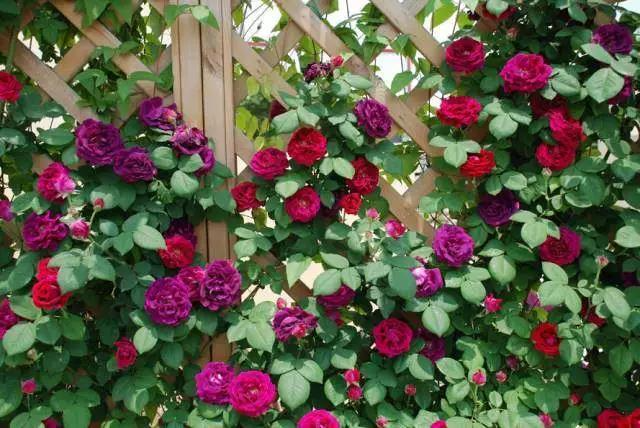
Climbing roses have various flower shapes and colors, a long flowering period, and can bloom for three seasons. The clusters of flowers emit a strong fragrance when they bloom.
Maintenance points:
1. Loose, fertile, and organic-rich soil is more suitable for climbing roses.
2. It likes a warm, sunny and well-drained environment. The best growth temperature is 15-25℃. It starts to dormant when the temperature is below 5℃, and the flower quality is poor when the temperature is above 33℃.
3. It cannot tolerate waterlogging. If the drainage is poor for a long time, it will cause poor growth and easy root rot. It likes fertilizer and water. Under the condition of abundant fertilizer and water, the branches and leaves are lush and the flowers are colorful.
2. Black eye
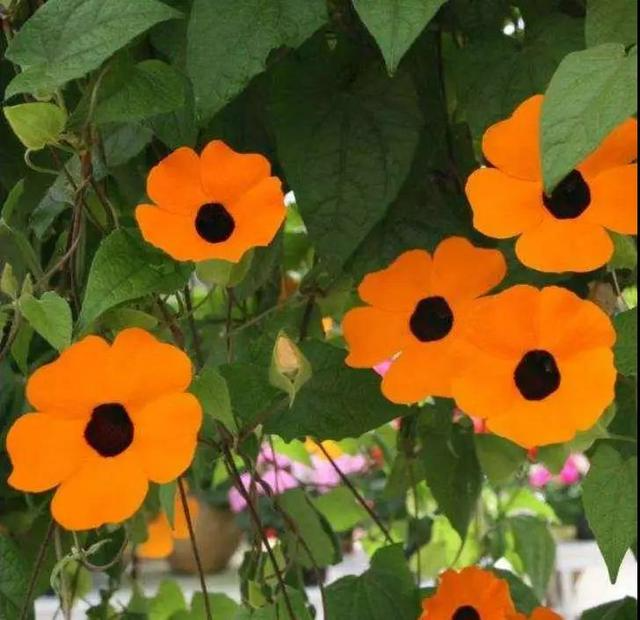
The black-eyed flower is bright golden yellow, with a black center, and looks cool and proud. It can be planted in pots, or climb on windowsills or small flower sheds, and will climb along objects.
Maintenance points:
1. Black-eyed flower likes warm, humid and sunny environment.
2. Black-eyed flowers like fertilizer. Once planted, they should be watered and fertilized regularly from spring to autumn to keep them blooming.
3. Pinching the top of the plant at the right time can lead to branching, and pruning the stems after flowering can improve the plant shape.
3. Firecracker Flower
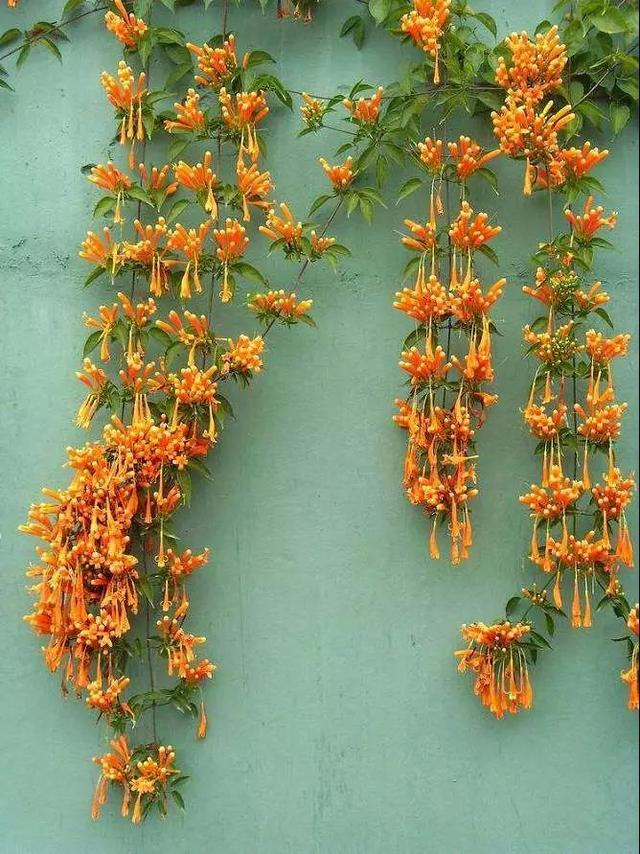
Firecracker flower, in early summer, has red and orange flowers in clusters that look like firecrackers, hence the name Firecracker flower. You can plant it in the garden, on fences, flower gates and fences.
Maintenance points:
1. The planting site should be selected with sufficient sunlight, good drainage, deep soil and fertile loam.
2. The firecracker lily grows quickly, blooms a lot, and has a long flowering period, so it needs sufficient fertilizer and water.
3. During the growth period, apply decomposed and diluted bean cake water or compound fertilizer once a month to promote luxuriant branches and leaves and full of flowers.
4. Clematis
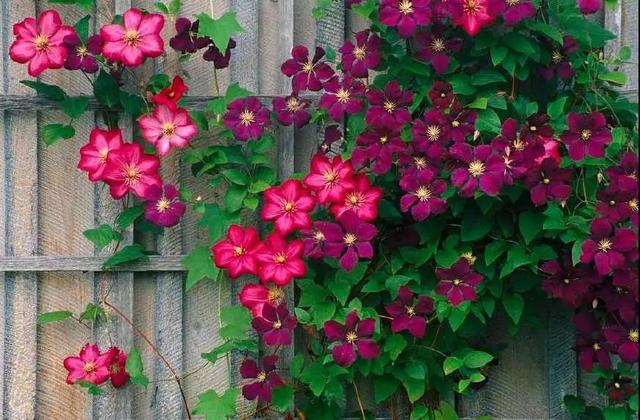
Clematis is known as the "Queen of Climbing Flowers", which shows how powerful its climbing and flowering abilities are.
Maintenance points:
1. The optimum temperature for growth is 15~17℃ at night.
2. Clematis is very sensitive to water and cannot be too wet or too moist. Watering should be done when the substrate is dry but the plant has not wilted.
3. Apply liquid fertilizer every half a month or so during the peak growth period in spring and autumn, and remove the withered flowers early to save nutrients.
5. Campanula
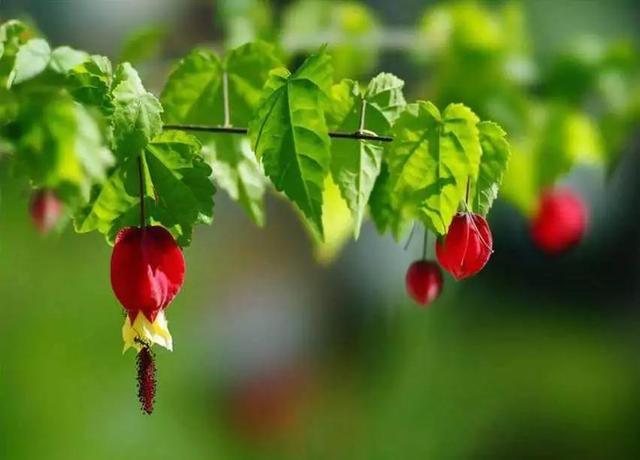
The climbing campanula is shaped like a wind chime, with bright colors. It sways in the wind, bright and lovely. It can be said that "a wind chime blooms among the green leaves, revealing its beautiful face in the air."
Maintenance points:
1. It likes a warm, humid and sunny environment, and is suitable for loose, breathable soil rich in humus.
2. Pay attention to pinching during cultivation to promote branching and more flowering, and apply decomposed liquid fertilizer once a month.
3. Move it into a sunny room in winter. It can bloom normally if the temperature is not lower than 15℃. It is often propagated by cuttings and layering.
6. Nasturtium
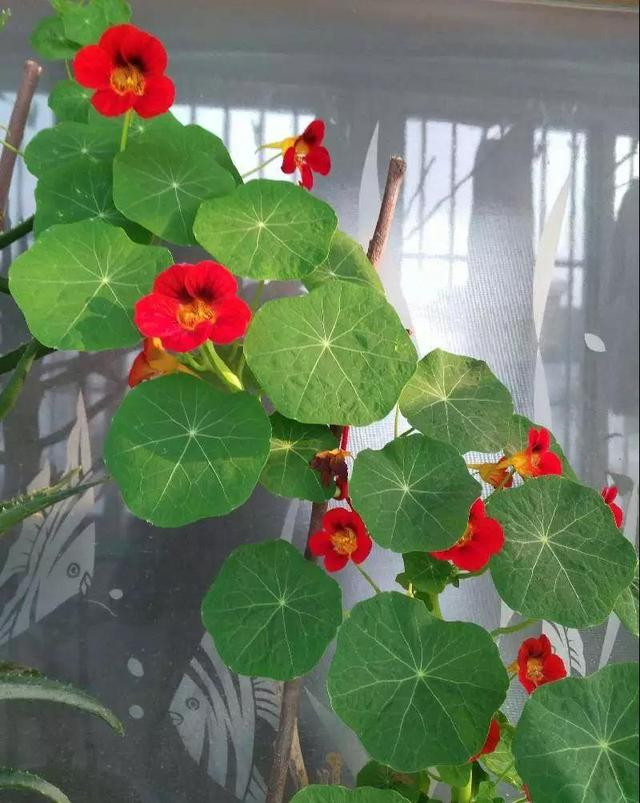
The leaves are fat and the flowers are beautiful, with colors of purple, orange, creamy yellow, etc. The flowers of nasturtium can be used as medicine. Its tender shoots, flower buds and fresh seeds can be used as spicy spices.
Maintenance points:
1. For nasturtium cultivation, it is suitable to use sandy loam rich in organic matter with a pH value of 5-6.
2. Nasturtium likes moisture and is afraid of waterlogging. The soil moisture should be kept at about 50%. Water it once every 2-3 days in spring and autumn, and every day in summer.
3. Nasturtium likes plenty of sunlight and cannot tolerate shade. It should be cultivated in a sunny place in spring and autumn, and appropriately shaded in summer. In the north, it should be brought indoors in mid-October and placed in a sunny place for maintenance.
7. Morning Glory
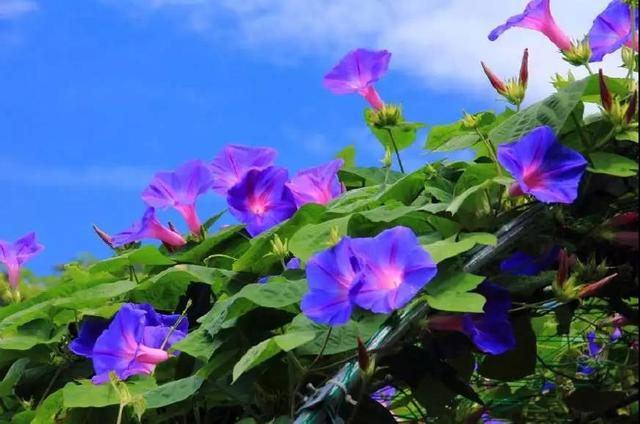
There are many varieties of morning glory, and the colors of the flowers include blue, crimson, pink, purple, etc. There are also mixed colors, which are very beautiful.
Maintenance points:
1. Morning glory likes sunlight and should be placed in a sunny place in the courtyard or on a south-facing balcony or windowsill.
2. The root system of morning glory needs temperature to develop, so it is best to plant it in a black pot. The pot should be turned frequently to ensure even sunlight exposure and complete root system development.
3. When the plant grows to a certain height, use thin bamboo poles to make a support to allow it to climb and grow. The support can be made into various shapes according to personal preference for artistic modeling.
8. Venus
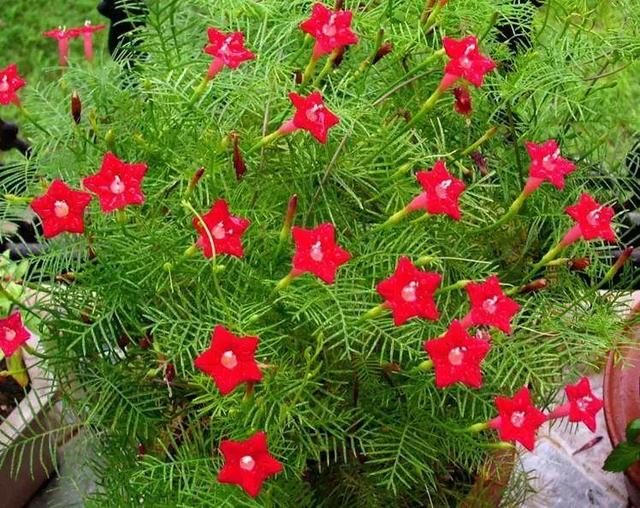
The morning glory is very climbing, with beautiful flowers and leaves, making it an ideal hedge plant. It can also be potted and displayed indoors, and when potted, it can be tied into various screens and towers with metal wire.
Maintenance points:
1. Morning glory likes light and a warm and humid environment. It requires fertile soil and strong resistance to adversity.
2. The morning glory likes sunshine, so ensure that it has sufficient light. The potted plant must have a support for it to wind around.
3. After the morning glory flowers fade, you can pick off the remaining flowers in time to prevent them from setting seeds, so that the nutrients can be concentrated on the new branches and flowers, thus extending the flowering period. If you want to keep the seeds, you don't need to pick them.
These flowers are all good at climbing walls
And the flowers are super beautiful
Do you also want to plant one at home?
Donglin Chunjing: Focus on garden design, construction and maintenance
Donglin Chunjing: The “Haidilao” of the courtyard industry